'Designing Change' at the British Museum
I went to the 'Designing change: Coins of Elizabeth II' exhibition at the British Museum last week, which looked at how the coin designs for 1970s decimalisation and the recent re-design came about.
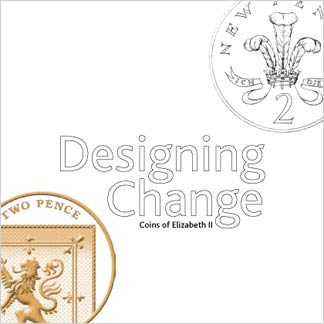
One thing that really interested me was the change it illustrated in the design process itself.
In the 1960s, Christopher Ironside painstakingly sketched his ideas for decimal coins. According to the captions, at one point in 1964 he wrote to the Royal Mint saying:
"When I get a pencil in my hand to design another Britannia I begin to feel foggy between the ears"
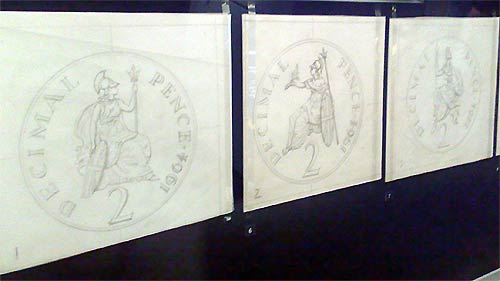
Having had his designs chosen, he was invited to their offices, given a stiff drink, and told he had to re-apply with new designs for a competition that would now be open to the public. He submitted four variations, and won. The coins I grew up with were the final outcome of that design process.
As he himself observed:
"The work of a great many artists who are geniuses is never recognised and probably eventually disappears. But if one is a coin designer, one's work lasts possibly long after death, everyone becomes familiar with it and it forms a small part of the history of the country for which it was designed, and one becomes famous. Not because one is a genius, or a saint, or a monster, but simply because one is a coin designer."
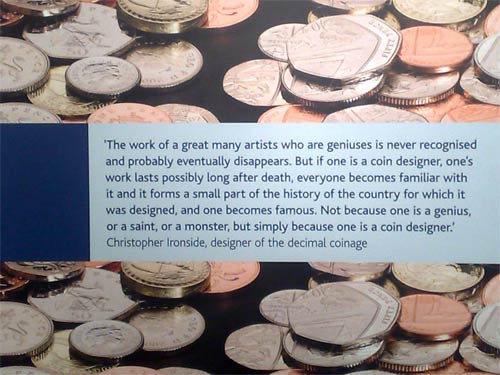
By contrast, for the recent re-design, Matt Dent is seen posing with the new coins carefully displayed on his Mac using InDesign.
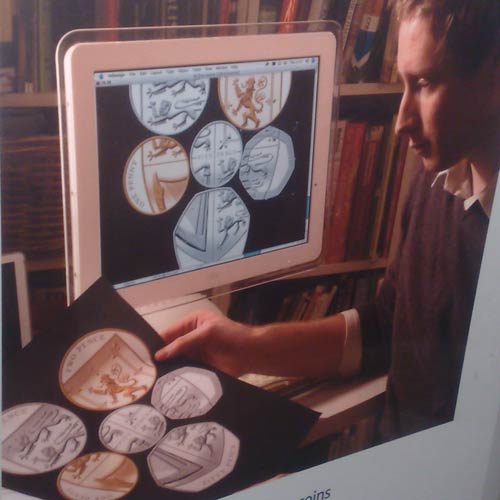
Part of the display was also how he had worked on various different permutations of the coin and heraldic layout to get the optimum design. This sort of exercise would have represented hours and hours of painstaking hand-drawn work during the sixties.
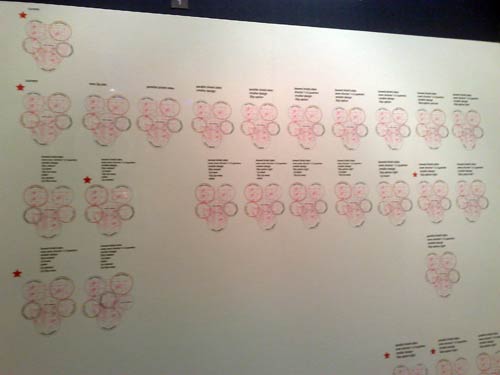
I was a bit perplexed by the reaction to the new coins, which some sectors of the press seemed to think were not 'patriotic' or 'traditional' enough. Similar displays of royal heraldry on British coins date back to the 1300s.
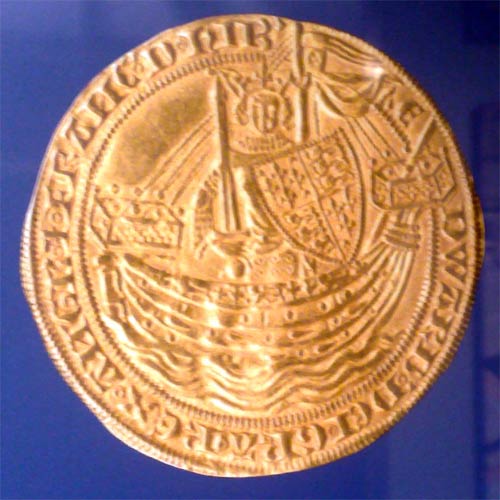
It is interesting to reflect that the pre-decimal coinage included such 'patriotic' images as a bird, and the decimal coinage introduced in the 1970s nearly featured a gyroscope.
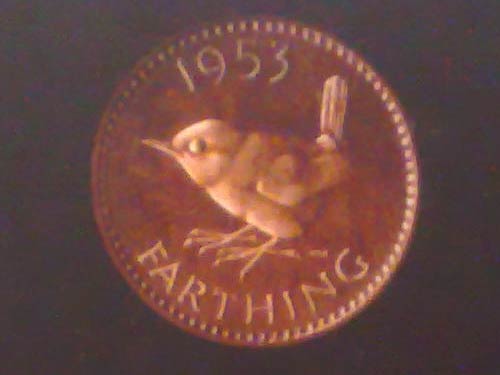
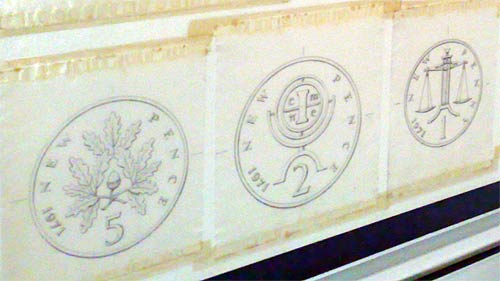
A snapshot of some of the competition entries this time around suggested that we might have ended up with coins with pictures of British insects, bridges or, very likely, buried under there somewhere, literal interpretations of Beatles songs.
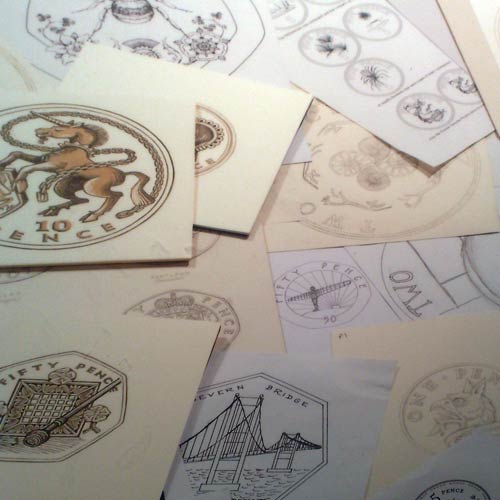
'Designing change: Coins of Elizabeth II' is free, and is on until March at the British Museum.
One interesting usability note, which someone pointed out to me, is that the new coin designs (which I like), only feature the denomination in letters ('two pence'), with no numeral ('2') - making it harder for foreign language speakers to understand how much the coins are worth...
Fortunately, thanks to the exchange rate, they only need to learn the phrase 'Bugger all'